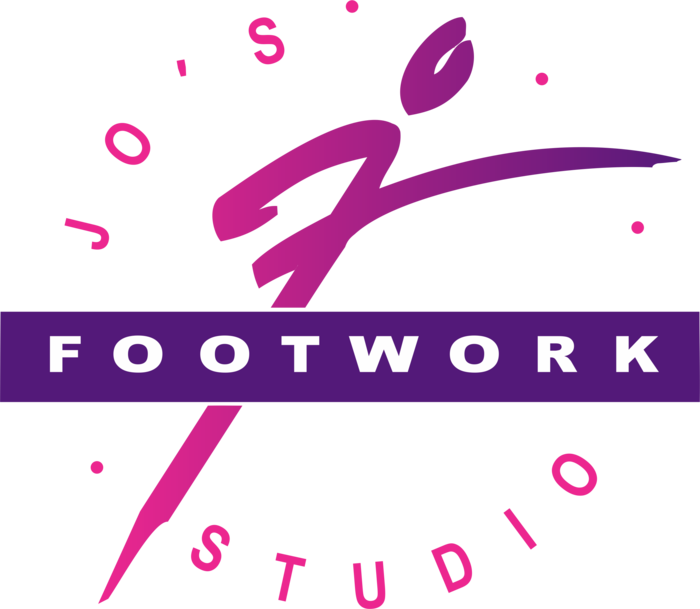THE TYPES OF DANCE WE TEACH
CLASSICAL BALLET ~ is a traditional, formal style of ballet that adheres to classical ballet technique. It is known for its aesthetics and rigorous technique (such as pointe work, turnout of the legs, and high extensions), its graceful, flowing, and precise movements, and its ethereal qualities. We incorporate various parts of Russian, French, British, and Italian ballet into our program. For example, Russian ballet features high extensions and dynamic turns, whereas Italian ballet tends to be more grounded, with a focus on fast, intricate footwork. Many of the stylistic variations are associated with specific training methods that have been named after their originators. Despite the variations, the performance and movement vocabulary of classical ballet are largely consistent throughout the world.
BALLET TECHNIQUE ~ is the foundational principles of body movement and form used in ballet. The techniques found in classical ballet are a framework for many other styles of dance, including jazz and contemporary ballet. Aspects of ballet technique include alignment, keeping the head, shoulders, and hips vertically aligned. Turnout movements with legs rotated outward; this promotes clean footwork, graceful port de bras (movement of the arms), and correct body positions, lines and angles. Other aspects of ballet technique include posture, toe pointing, keeping shoulders down, and pulling up, which combines proper posture and lifting of the muscles to increase turnout and enhance alignment and thus improve the quality of turns. Ballet technique is also used to exhibit ballon, the appearance of gravity-defying lightness, during leaps. Pointe technique is the part of ballet technique concerned with dancing on the tips of fully extended feet.
TAP PERCUSSIVE (Rhythm) ~ is a form of dance characterized by using the sounds of tap shoes striking the floor as a form of percussion. Two major variations on tap dance exist: rhythm (jazz) tap and Broadway tap. Broadway tap focuses on dance; it is widely performed in musical theater. Rhythm tap focuses on musicality, and practitioners consider themselves to be a part of the Jazz tradition and involves lots of footwork keeping rhythmic patterns on your feet (tap shoes).
TAP TECHNIQUE ~ this is not the typical tap class – you’re working on the ankles, sounds, speed, mastering tap rudiments (basics) and putting them to use in the appropriate level; shading sounds ~ loud to soft!
JAZZ ~ is a fast-paced, fast moving, very stylized form of dance. You use the entire body, being able to isolate the head, shoulders, hips, arms and fingers with movement.
JAZZ TECHNIQUE ~ A dance class designed as an introductory to Leaps, Turns, and Jumps. A class designed to help execute turns in jazz and ballet; to better your leaps and jumps as part of your jazz, poms, and more!
LYRICAL ~ is a modern dance form which fuses jazz, and ballet. It requires excellent technique to perform, as the moves are often difficult and precise. Lyrical dance is expressive, simultaneously subtle and dynamic, focused on conveying musicality and emotion through movement. It is a combination of intricate, highly technical, and pedestrian/naturalistic moves. It is commonly set to popular music with vocals as well as rich instrumentation are often emphasized over the song's rhythm, but because of the definition of the word lyrical: having a poetic, expressive quality; musical; characterized by or expressing spontaneous, direct feeling; expressing deep personal emotions or observation; highly rhapsodic or enthusiastic.
HIPHOP ~ is a form of dance based on a variety of styles including breaking, locking, and popping. The formative influences of hip hop dance today came about in the 1970. Early days of hip hop have since been refined and stylized by classically trained dancers to create studio hip hop as we now know it. (Jr HipHop is age appropriate music and movement).
POM DANCE ~ Pom is the combination of sharp, precise arm movements and technical skills such as turns, leaps, kicks and toe touches. PomDance, offers training in pom technique and the elements of dance used in pom. Taking Pom Dance classes is a great head start for those students looking to audition for high school dance teams.
CORE CARDIO WORKOUT ~ Strengthen, stretch, cardio all through dance movement – core focused! Incorporates dance, barre work, and stretching.
TUMBLING/CONDITIONING ~ the skill, practice, or sport of executing gymnastic feats (such as somersaults and handsprings) without the use of the apparatus; A choreographer can also incorporate handstands, cartwheels, rolls, back handsprings, and other aerial tumbling passes to dance routines with ease. The Conditioning is the preparation (muscular, balance, etc.) to achieve the correct aspects of tumbling (handstands, cartwheels, etc).
